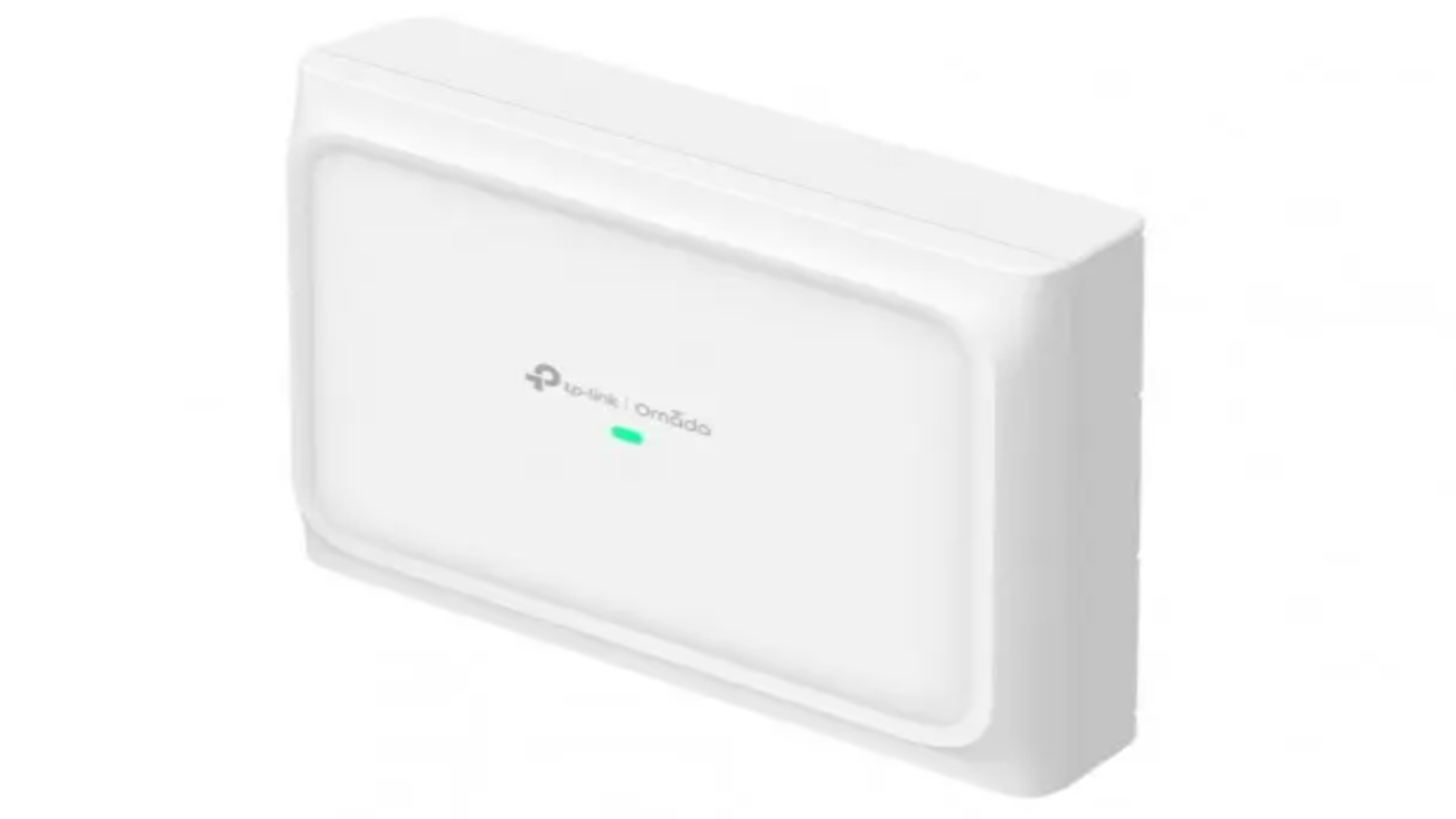TP-Link has launched a Wi-Fi 7 router that can be immersed in water, but I've got a one question - Why?
The router breakthrough we were (maybe) waiting for?

- TP-Link’s EAP772-Outdoor survives immersion, but the signal won’t follow it into the water
- Built to endure harsh elements, but not the hype surrounding underwater wireless capabilities
- Enterprise users might love it, but it feels like overkill for your average Wi-Fi needs
TP-Link has announced a new Wi-Fi 7 access point that not only supports the latest wireless standard, but also boasts an IP68 rating which allows it to withstand full water immersion.
On paper, this rugged Wi-Fi 7 access point looks great, with tri-band wireless speeds up to 9.3Gbps, support for over 380 connected devices, and 2.5Gbps Power over Ethernet (PoE) for streamlined setup.
However, the decision to highlight full immersion capabilities invites a more skeptical look, especially considering the known limitations of wireless communication in water.
How relevant is the IP68 rating?
The device is equipped with two 4 dBi antennas for the 2.4GHz band and two 6dBi antennas each for the 5GHz and 6GHz bands.
It operates across the 2.4GHz, 5GHz, and 6GHz bands, offering maximum theoretical speeds of up to 688Mbps, 2.88Gbps, and 5.76Gbps, respectively, and supports a coverage area of around 300 square meters and a five-year warranty by the company.
So, while the router might physically survive immersion, the idea of underwater Wi-Fi remains questionable.
Standard Wi-Fi is inherently ineffective underwater. Radio frequencies, especially at 2.4GHz and above, are quickly absorbed by water, leaving little room for practical transmission beyond a few feet.
Sign up to the TechRadar Pro newsletter to get all the top news, opinion, features and guidance your business needs to succeed!
Water blocks the very signals the device is designed to emit, raising doubts about how the LAN port would even be protected from moisture once submerged.
If we momentarily entertain the concept of underwater wireless use, the practical applications are narrow and not well served by conventional Wi-Fi.
Divers, for instance, would benefit from the ability to send data or communicate without relying on hand signals or physical boards.
Real-time image sharing or sensor readings from underwater drones to surface computers could be useful in scientific or military operations.
However, these needs are already being addressed by emerging technologies like Aqua-Fi, which uses LED, laser, or acoustic waves for underwater data transmission, none of which involve standard Wi-Fi frequencies.
TP-Link has not suggested any integration with such systems, nor has it indicated that the EAP772-Outdoor is intended for submerged deployment beyond mere survivability.
That raises the question of why the waterproof feature is being emphasized at all. For outdoor venues, where rain, dust, and heat are threats, weatherproofing makes sense.
But full immersion? Unless the router is accidentally dropped in a pond or installed in a highly flood-prone area, it’s difficult to see the value.
For users seeking the best Wi-Fi router, the EAP772-Outdoor may excel in terms of outdoor reliability.
Enterprise clients needing tough gear for open-air deployment might also make sense out of this device, but for anyone shopping for a mobile hotspot or switch for home or office use, this might seem more like overengineering.
The TP-Link EAP772 is expected to retail around $565 when it launches in June 2025.
Via Guru3d
You might also like
- These are the best firewalls at the moment
- Take a look at the best antivirus for your protection
- Smartwatches could potentially be used to steal data from or launch attacks on air-gapped systems

Efosa has been writing about technology for over 7 years, initially driven by curiosity but now fueled by a strong passion for the field. He holds both a Master's and a PhD in sciences, which provided him with a solid foundation in analytical thinking.
You must confirm your public display name before commenting
Please logout and then login again, you will then be prompted to enter your display name.